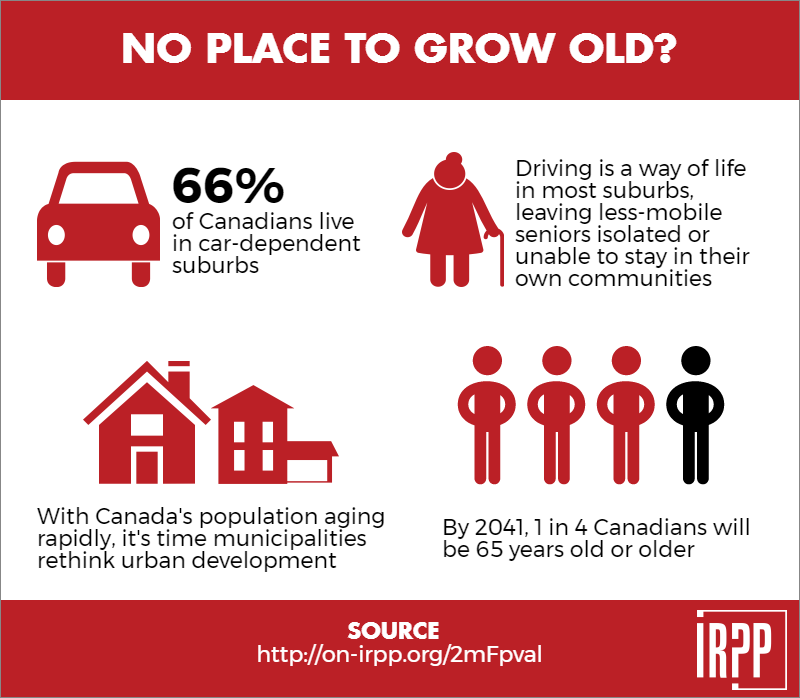Memph
Active Member
Looking at the CMHC stats on housing starts by municipality, ex
https://www.cmhc-schl.gc.ca/en/corp/nero/nere/2015/2015-12-08-0816b.cfm
Looks like the fastest growing communities in the Toronto CMA are all in the exurbs. I'd estimate these communities to all experience 30-40% growth between 2011 and 2016
-New Tecumseth
-Bradford-West Gwilimbury
-Mono
-King
-East Gwilimbury
^These communities were all growing at much more moderate rates from 2006-2011.
My estimates for annual pop growth for 06-11 vs 11-16
Stouffville: decrease from 2600 to 1200
Ajax: decrease from 3800 to 1800
Milton: decrease from 6100 to 3800
Mississauga: decrease from 9000 to 3800
Vaughan: decrease from 9900 to 6000
Markham: decrease from 8000 to 7000
Brampton: decrease from 18000 to 15600
Toronto: increase from 22400 to 30800
Richmond Hill: increase from 4600 to 5100
Oakville: increase from 3400 to 4600
Aurora: increase from 1100 to 3000
Pickering: increase from 200 to 1100
So far, things are still pointing towards Toronto and the northern exurbs (Mono, Orangeville, New Tecumseth, Bradford) exceeding Places to Grow growth projections, with Durham falling short by a lot, and Halton falling short by a more moderate amount.
https://www.cmhc-schl.gc.ca/en/corp/nero/nere/2015/2015-12-08-0816b.cfm
Looks like the fastest growing communities in the Toronto CMA are all in the exurbs. I'd estimate these communities to all experience 30-40% growth between 2011 and 2016
-New Tecumseth
-Bradford-West Gwilimbury
-Mono
-King
-East Gwilimbury
^These communities were all growing at much more moderate rates from 2006-2011.
My estimates for annual pop growth for 06-11 vs 11-16
Stouffville: decrease from 2600 to 1200
Ajax: decrease from 3800 to 1800
Milton: decrease from 6100 to 3800
Mississauga: decrease from 9000 to 3800
Vaughan: decrease from 9900 to 6000
Markham: decrease from 8000 to 7000
Brampton: decrease from 18000 to 15600
Toronto: increase from 22400 to 30800
Richmond Hill: increase from 4600 to 5100
Oakville: increase from 3400 to 4600
Aurora: increase from 1100 to 3000
Pickering: increase from 200 to 1100
So far, things are still pointing towards Toronto and the northern exurbs (Mono, Orangeville, New Tecumseth, Bradford) exceeding Places to Grow growth projections, with Durham falling short by a lot, and Halton falling short by a more moderate amount.





